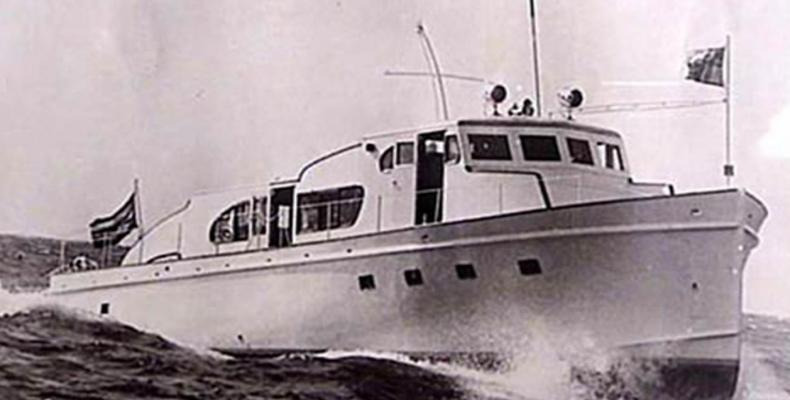
Sixty-five years ago hope was reborn in Cuba, a country under a bloody dictatorship, with many families in pain and death, with high rates of poverty, unemployment, unhealthy conditions and illiteracy.
By María Josefina Arce
Sixty-five years ago hope was reborn in Cuba, a country under a bloody dictatorship, with many families in pain and death, with high rates of poverty, unemployment, unhealthy conditions and illiteracy.
Eighty-two intrepid young people, determined to give a better future to their people, arrived on December 2, 1956 aboard the yacht Granma at Los Cayuelos, a mangrove point two kilometers from Las Coloradas beach, in the municipality of Niquero, in the present-day eastern province of Granma.
Twenty-one of them had already taken part, also under the guidance of Fidel Castro, in an unprecedented action, the assaults on the Moncada Barracks in Santiago de Cuba and Carlos Manuel de Céspedes Barracks in Bayamo, which showed the world the revolutionary struggle that was being waged in the small Caribbean nation.
With the same daring spirit of those actions, those men and those who joined them in Mexico set sail for Cuba on November 25, determined, as Fidel said, to be free or martyrs.
A new stage in the struggle for the true and definitive independence of Cuba, initiated in the 19th century, on October 10, 1868, also in the eastern part of the Cuban territory, was then opened.
The delay of the voyage due to the sea conditions, the overloaded Granma and the fall into the water of a combatant made it impossible to coincide the disembarkation with the coordinated uprising of November 30 in Santiago de Cuba, which had the objective of supporting the arrival of the expeditionaries and to start the revolutionary offensive in the region.
Tired, sore, hungry and thirsty after the trip from Mexico, the expeditionaries found themselves facing a difficult landing in a muddy area. Hard days were to come, with the dispersion of the revolutionaries when they were surprised by Batista's troops due to the betrayal of a peasant.
But neither these, nor the many other obstacles they faced as the days and weeks went by, were able to overcome the decision of those young people to put in first place, before their lives, their commitment to their homeland and to the most humble and exploited sectors in a Cuba surrendered by the governments of the day to the interests of the United States.
History was beginning to change. With that same fortitude and faithful to the legacy of struggle of the generations that preceded them, those men gave life to an epic that would culminate on January 1, 1959, with the triumph of the revolution.
A process that was nourished by the libertarian ideas of our independence heroes and the active participation of the men and women of the people, now dignified and free after the victory.
On December 2, 1956, not only was hope reborn in Cuba, but a new army began to be forged, which throughout these decades has defended our sovereignty and independence and the achievements of the revolution, in the face of constant harassment by the various U.S. governments.

